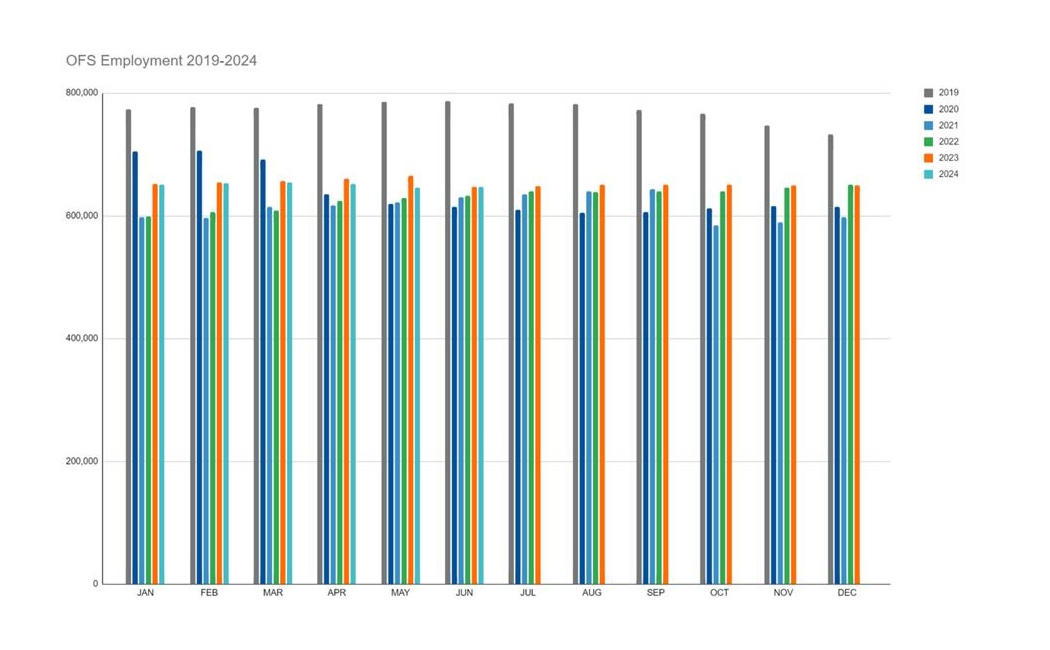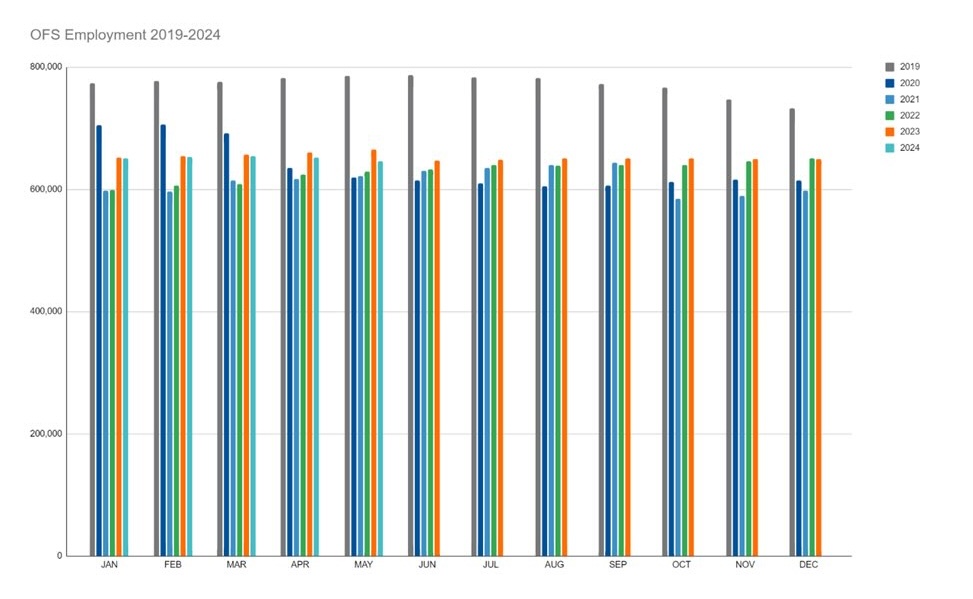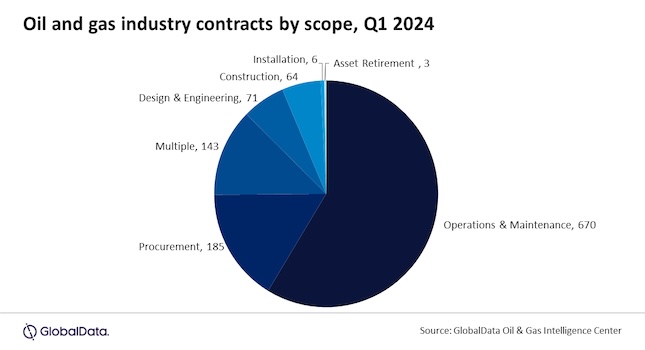Innovative approach to identifying application formulations removes barriers to efficient production.
It is critical in the dynamic environment of growing oil demand that fast development of oilfield production chemicals occurs. Doing so improves operational efficiency, especially in complex global shale-oil production environments where there is an incredible diversity of crude oil grades.
With the introduction to the oil & gas sector of a high-throughput experimentation (HTE) methodology, combined with advanced analytics, Clariant can identify with increasing precision the chemical formulations used in application development far quicker than traditional laboratory procedures.
Originally developed in the pharmaceutical sector, HTE concepts have many advantages over the classical approach to experimentation, including that of providing customers with solutions to their challenges quickly. It better supports effective maintenance of flow and has wider support implications for the sector.
Achieving flow assurance
The higher viscosities found in heavier crudes makes flow assurance a challenge. Also, wherever system conditions change, such as through the presence of asphaltenes and paraffinic material in the oil, organic deposition problems can arise and negatively impact production efficiency.
In response to these naturally occurring issues, operators developed a range of technologies to sustain efficient flow. One example is thermal insulation of flowlines, which is considered a mature technology designed to prevent hydrates and waxes from building up. This approach’s drawback is that it is expensive regarding both the capital cost to construct heating stations and operating costs from the energy used.
By listening to customer challenges and keeping innovation at the core of product development, Clariant has used HTE concepts to successfully introduce another mechanism to keep the fluids flowing consistently and at a lower cost point in most cases.
Pour point depressants
Crudes are known as either opportunity crudes or challenging crudes, as when a combination of some properties means they require special handling attention from the refineries. These crudes often have a high pour point and high wax content, are mainly sweet, and in most cases, bought and sold on the spot market. Their lower costs in a refining process make them a better economic option to improve the refinery’s profitability. Before refining, these crudes must be treated to bring the pour points within pipeline and storage specifications.
Pour point depressants (PPD) do not change the temperature at which wax crystallizes or the amount of wax that builds up. Rather, its application allows the PPD to co-crystallize along with the wax species present in the oil and modifies the growing pattern of the wax crystal structures. Another benefit is that the wax crystals are kept apart from each other by the PPD backbone, and because of this steric hindrance, the wax crystals are no longer able to form three-dimensional structures that are responsible for inhibiting flow.
There are two main areas where PPD are most effective. First, in upstream operational production, where PPD can be injected at the wellhead or separator to treat the crude oil, allowing it to flow to the sales point while preventing wax deposition. Second, in midstream operations where off-specification crude oil is treated before it arrives at a refinery to be further purified. It may require removing water or improving pumpability. PPD treatment therefore helps to increase the value of the crude.
The first step in developing an effective PPD is to measure certain physical properties of crude oil, namely viscosity. The classical way to measure viscosity in a laboratory is by a technician operating a viscometer or rheometer. It takes about 30 to 40 minutes to make one measurement this way. In searching for solutions to speed up the development process, Clariant’s oilfield chemical experts turned to its HTE group.
Select the correct PPD
Over the last three years, at the HTE laboratory located at its Innovation Center in Frankfurt, Germany, Clariant performed feasibility studies to prove that the HTE lab methodology is useful in formulation development for the oil & gas industry. Over this period, five case studies have documented various chemical application discoveries for oil production chemicals, demonstrating that this approach is highly effective to increase the speed of identifying application formulations.
The HTE group leverages a mixture of software tools, automated instrumentation, data processing and innovative methodology. Its development comes on the back of advances in smart automation, computational sciences and artificial intelligence. It meets several market needs by widening the design space scoured in search of solutions that might normally be overlooked due to time or resource constraints. The ability to explore more and discover faster decreases “time to market” for delivering required solutions.
Developing a product often requires multiple formulations and testing, making this process very labor-intensive and time-consuming. The HTE group provides accelerated synthesis, formulation, application, and testing services to all of Clariant’s business sectors.
Accelerating the development of new products and reducing their time to market is a critical factor in Clariant’s success.
The HTE team uses automated instrumentation, specialized software tools, and alternative research techniques to increase the output of experimentation, application and testing, all of which help improve development process efficiency and productivity.
Customized, automated systems reproduce various bench processes. To expedite the discovery process, the 24-hour operation allows for continuous and highly reproducible results.
Specialized software tools
One tool the HTE team uses is Design of Experiments (DOE), which allows for the statistical evaluation of a desired design space. This provides guidance on how to run the fewest experiments while compiling the greatest amount of information. Use of additional modeling functionality allows identification of significant parameters as well as oftentimes prediction capabilities for further insight into products performance.
Systematic studies often use statistical experimental designs, particularly in cases where dependent or independent parameters need to be verified one at a time. The interactions among factors are considered, helping to identify the most influential parameters, saving time and eliminating redundant experiments. A systematic design of experiments and a complementary structure-activity relationship based on modeling assumptions can increase HTE efficiency when it comes to effective choice of experimental points. DOE also can allow the selection of response parameters, if boundary conditions are well chosen.
Although the software is commercially available from several sources, Clariant’s process of taking existing technologies, such as DOE, robotic formulation and miniaturization, as well as their combination in novel solutions, is innovative and game-changing for the development of PPDs.
Multiple options for potential formulation can be explored using HTE techniques instead of going through the manual process. The laboratory helps quick discrimination among formulations and deciding which ones to test further in the laboratory. The result is a high degree of accuracy and speed in identifying the right formulation for each application.
Digitalizing the oilfield
This unfolding strategy for improved formulation identification also involves bringing more automation and digitalization support to the oilfield after starting with formulation development in the HTE laboratory, finding chemical solutions to rapidly meet user needs.
This approach quickly brings to light cost-effective, higher performing products. HTE methodology enables examination of more complex and higher performing formulations rather than resorting to traditional methods that can be compared to looking for a needle in a haystack. Previously, no one looked beyond binary (two-component) formulations. Now three or even four component systems can be looked at, vastly improving formulation development accuracy and speed.
Systematic screening, done 24 hours a day and seven days a week, using mathematic deconvolution software is more practical and efficient than the classic method.
More structured performance relationships are discovered, alongside better and more complex synergies for a better performance differential compared to the manual composition.
Taking PPD innovation to the field
Clariant works in some of the most challenging oilfields in the world, from East Africa to Canada. Given this developing megatrend for heavier and harder-to-treat crude oil, easily treating oil is a thing of the past.
In East Africa, the traditional way of treating crude oil, which has the consistency of boot polish, is to heat it at standard room temperature and pressure. For a 1000 kilometer pipeline, for example, a heating station is required every 50 kilometers, costing up to $2 million each; a huge cost regarding capital expense and operating costs. If a PPD chemistry can allow the crude to remain more liquid at a lower temperature, alternate heating stations can be provided or they can be placed one every 200 kilometers. The savings is considerable, in itself making some projects economically viable. Applying PPD solutions in East Africa is production-enabling for this region. Feeling the cold In a radically different climate, Clariant works with a large operator based in Canada. It is producing from a waxy shale oilfield and a very technically challenging unconventional frontier. Again, a formulation developed for use in cold regions outperforms the incumbent technology.
Cold temperatures amplify normal oilfield production challenges. A PPD chemical itself becomes difficult to handle due to its high molecular weight and polymeric structure that behaves very much like wax. As a result, what typically is found in cold climates is a highly diluted product that contains high levels of solvent to keep it mobile. This situation presents several engineering and logistical challenges. A high, active product that is cold temperature stable is a differentiator.
The challenge was met by developing and patenting a micro-dispersion product that has been used very effectively in Canada. A typical wax inhibitor is a single-phase product; the waxy molecules that inhibit are dissolved in a very aggressive organic solvent to give them their solvency. The recently developed product contains nanoparticles held in an aqueous suspension of anti-freeze.
Taking PPD by storm
Producing crude oil today is challenging. Its high carbon chain distribution with large paraffinic molecules makes it difficult to handle and an obstacle to cost-effective, efficient production.
The innovative approach to chemical formulation described here enables production, even with the most demanding crude oils. The chemical formulation can be run through the HTE methodology quickly and cost-effectively. Clariant has developed a range of products within the four existing classes of PPD, which can be put together in unique ways that enable synergies. Difficult crudes can be treated while improving production and lowering the total cost of operations.
The success achieved by HTE means that Clariant’s Oil & Mining Services will soon offer a dedicated U.S.-based HTE laboratory, located adjacent to Clariant Global Center of Innovation for product development in The Woodlands, Texas.



